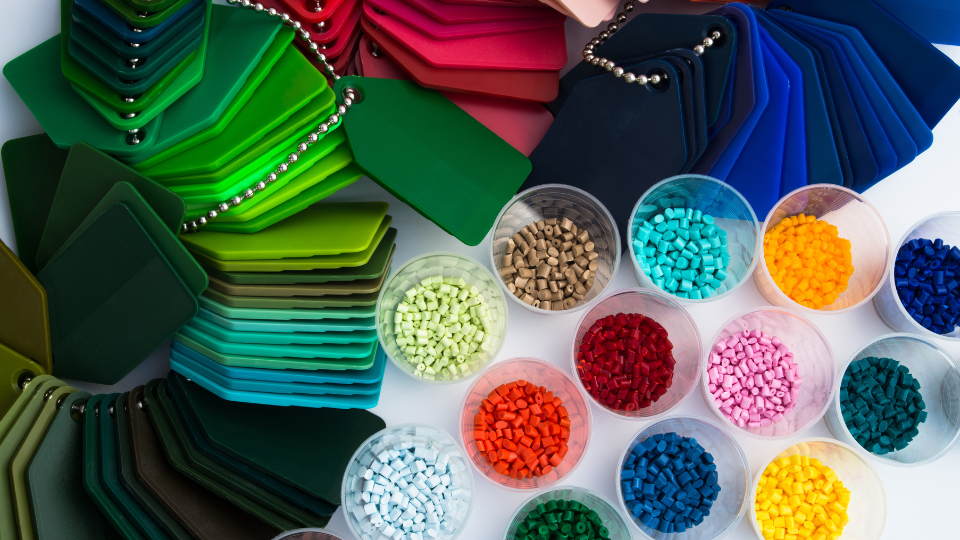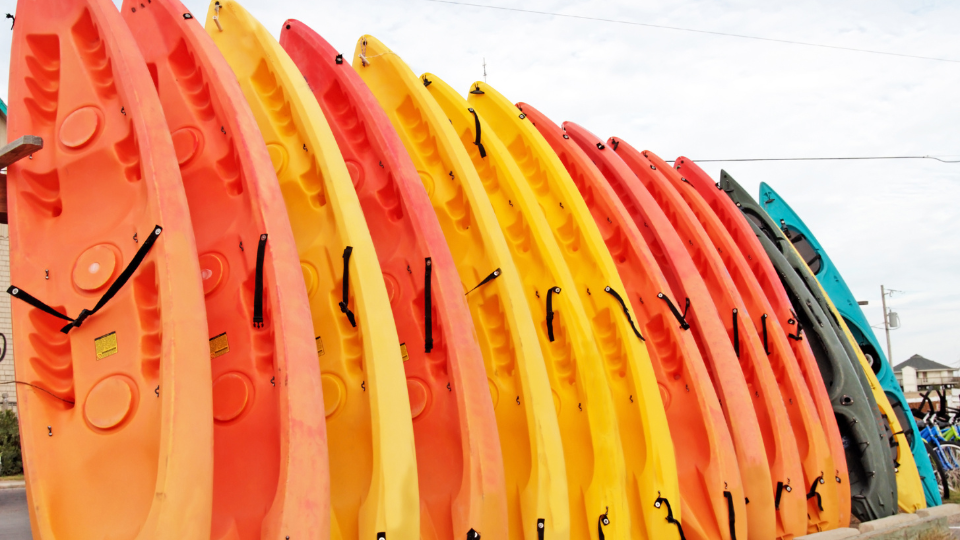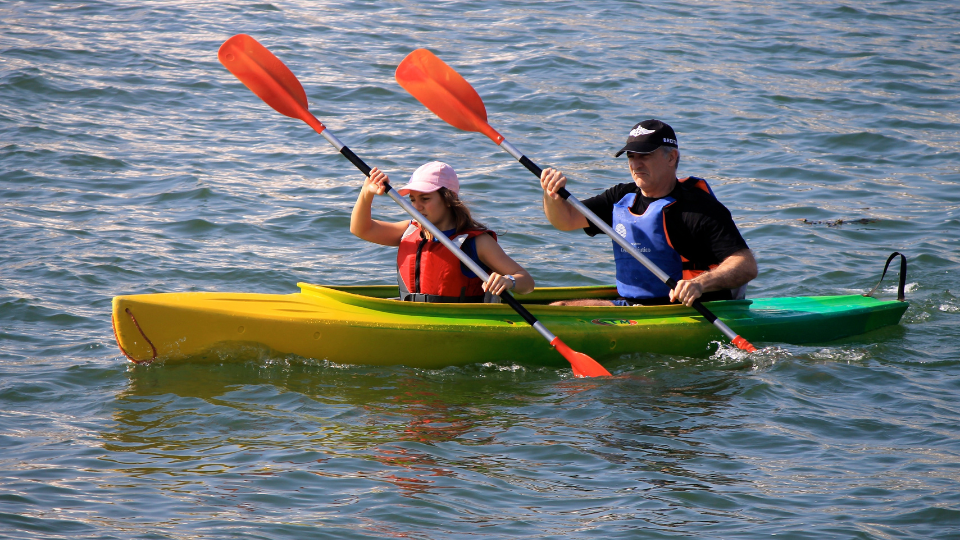When it comes to kayaks, there are so many different types made of various materials. Some kayaks are made of wood, fiberglass, or even inflatable materials.
But have you ever wondered if kayaks are made of polypropylene? Well, I got you! In this blog post, we will explore the world of kayaks and focus on this particular material.
In short, yes, a lot of kayaks are made of polypropylene. But what the fudge is it?
What Is Polypropylene and Is It a Good Material for Kayaks?

Polypropylene is a type of plastic that is used in a lot of industries, including manufacturing, packaging, and textiles.
In recent years, it has also been used in the kayak industry, particularly in the production of sit-on-top kayaks. These kayaks are popular among beginners and casual users because they are easy to use, very stable, and affordable.
Polypropylene is an ideal material for kayaks because of its durability and resistance to impact and abrasions. It’s also very light making it super easy to transport and maneuver in and out of the water.
If you’re a sea kayaker or are interested in doing sea kayaking, you’ll be glad to know that this material also does not react to UV rays and saltwater, making this material another bonus!
Pros and Cons of Using Polypropylene For Kayaks

One of the biggest advantages of polypropylene kayaks is that they are recyclable.
Unlike some other materials, polypropylene does not degrade over time and can be easily recycled into new products. This is a significant factor in the production of kayaks, especially since kayaking has been criticized in the past for its impact on the environment.
While polypropylene kayaks have numerous advantages, there are also some downsides to using this material. For one, it is not as rigid as other materials, such as fiberglass or carbon fiber leading to lower performance levels.
This material is also susceptible to warping when exposed to high temperatures which can be an issue if you leave your kayak out in the sun for long periods.
Despite these downsides, polypropylene kayaks continue to be popular among casual kayakers and beginners. They are affordable, easy to use, and do not require a lot of maintenance making them an excellent entry point for anyone looking to get into kayaking.
I’ve personally recommended them for my beginner friends.
What Are Various Types of Material That Kayaks Are Made Of?
Kayaks are made of a variety of materials including wood, fiberglass, plastic, and inflatable material.
The most popular type is polypropylene which is great for beginners and casual users because they are affordable and easy to use.
However, they may not offer the same performance levels as kayaks made of other materials, such as fiberglass or carbon fiber.
Is Polyethylene Truly a Good Kayak Material?

Polyethylene is a type of plastic that is often used in the production of kayaks. It is tough and durable, making it ideal for recreational kayaking.
However, polyethylene tends to be heavier than other materials such as fiberglass or carbon fiber, which means it may not be the best choice for long-distance paddling.
One big disadvantage of this material is that it can be susceptible to warping in hot temperatures making it less ideal for paddlers who are often out on the water in sunny weather.
How Do I Repair a Polyethylene Kayak?
Polyethylene kayaks can be easily repaired with a patch kit.
First, clean the damaged area with warm water and soap to remove any dirt or debris that may be present.
Next, use the included adhesive to affix the patch onto the affected area. Finally, let it dry overnight before using your kayak again.
For more extensive damage, you may need to take your kayak to a professional repair shop.
Are Thermoform Kayaks Better Than Polyethylene Kayaks?
Thermoform kayaks are made by heating a sheet of plastic and then using pressure to shape it into the desired form. This process produces kayaks that are lightweight, rigid, and durable.
They are also more affordable than polyethylene kayaks, making them an attractive option for beginners on a budget.
However, thermoform kayaks may not offer the same level of performance or comfort as polyethylene kayaks so it just depends on your needs and preferences.
Are Composite Kayaks Better Than Polyethylene Kayaks?

Composite kayaks are made with a combination of materials such as wood, fiberglass, and plastic. They offer a higher level of performance than polyethylene kayaks because they are lighter and more rigid.
Another added bonus is that composite kayaks tend to be more expensive than polyethylene kayaks due to the cost of the materials used.
Performance-wise, a composite kayak may be the way to go.
Are Wooden Kayaks Better Than Polyethylene Kayaks?
Wooden kayaks have a classic look and feel that many people find appealing. They are also very strong and durable, making them an excellent choice for longer trips or rougher waters.
However, wooden kayaks tend to be super heavy and definitely much heavier than polyethylene kayaks and require more maintenance to keep them in good condition.
These babies can be much more expensive than polyethylene kayaks.
Conclusion
Are kayaks made of polypropylene? Yes, they can be!
These kayaks have their advantages and drawbacks but they are an excellent option for novice kayakers or anyone looking for a recreational kayak that is easy to maneuver and maintain.
With advancements in technology and manufacturing, we may see more and more polypropylene kayaks in the future.
